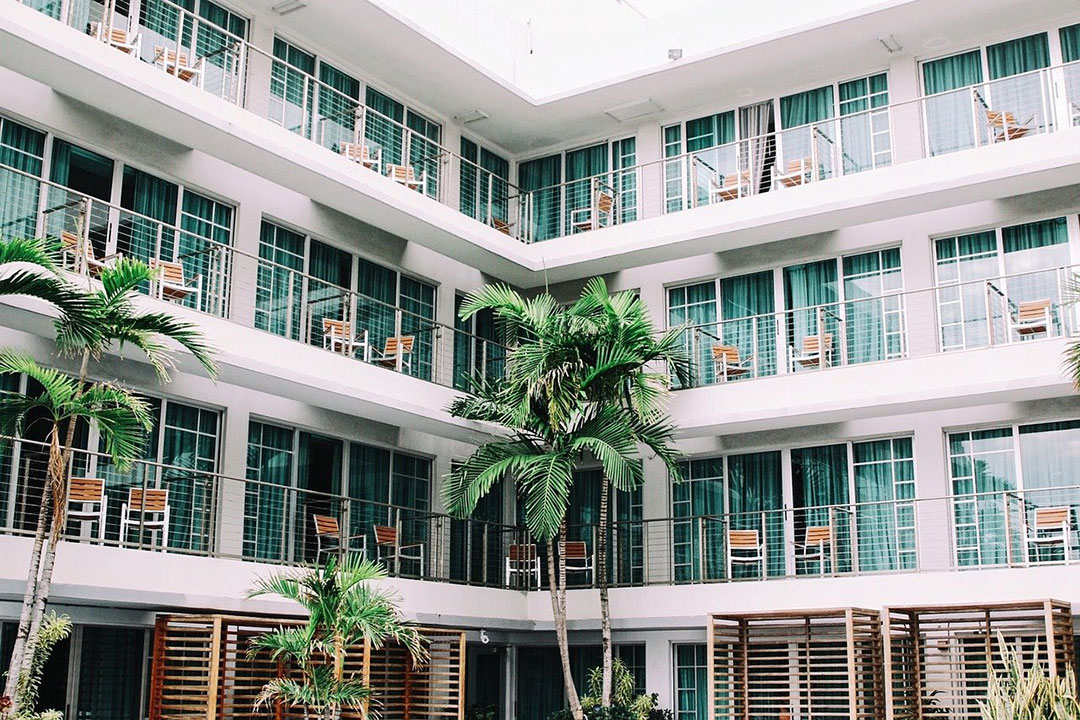
Sustainable Tourism: want one change that increases revenue and decreases your environmental footprint?
Want to increase revenue AND reduce your environmental footprint this year?
It’s exciting, seeing tourism numbers booming and now… China opening up will mean millions more travellers coming back onto the scene.
But, the way we did tourism pre-2020 was not sustainable. So can we make it better this time around?

We’ve got this incredible opportunity like no other and whilst it was jarring, devastating and derailing – we can use this fresh start to do it better, we really can. The opportunity extends to revenue as well. When travellers stay longer, more money is spent in the country and more savings are made (+ more profits in the bank) by hotels in the process. It’s a smart way to do tourism.
When we rebalance and focus on what was working, we can amplify that and do more of the good stuff. Let’s focus on high-yield, quality travellers, not just numbers through the door. How do we communicate well with travels before and during the booking process to entice them to stay longer? Encourage them to read up on the culture and norms of the place they’re travelling to? And bring an open mindset and a conscious mind to minimising waste during their stay?
Travellers want to do better, 81% of travellers want to travel sustainably, according to booking.com – but they NEED the industry to make it easier for them to do so. They don’t know the location, the cultural norms and they need your help when it comes to sustainability, access to filtered drinking water and local knowledge on culture and environment.
What can you do?
– educate your team: your team are the face of your business and they can be advocates for sustainable tourism. When they have confidence to speak with guests on the topic and take the time to converse with them, ask questions and invite them to engage more and stay longer, the results will be astounding.
– UPSELL: ask questions during the booking process and give travellers ideas that will make them want to stay longer, don’t just process and move on.
– work with your industry to promote the experiences in your destination and give people reasons to extend their stay.
– create packages that keep people on the ground longer, supporting local businesses and making a positive contribution to the destination’s economy
Take a long term view on success! When you build back with a big picture goal in mind – focus on revenue over tickets sold and passports stamped. What if you could exceed your pre-pandemic revenues with half the number of travellers? Wouldn’t that be magnificent. With sustainability in mind, the key factors are environment (preserve it, that’s what people are coming to see!!), community, economy and culture should all work in harmony for a greater outcome and a better quality of life in your destination and a more thriving tourism industry. You can read more about the pillars of sustainable tourism on my previous post here.
CASE STUDY: increase profit margin from guests staying longer in hotels
Follow this scenario that promotes sustainable tourism through longer stay guests in a hotel.
Our hotel – let’s call it Friendly Eco Hotel is in Siem Reap, Cambodia and has 50 rooms, we know that travellers to Siem Reap stay an average of 3 nights. (We also know that a hotel of this size can save close to $200 a month by not providing single-use plastic bottled water and providing filtered water instead!! Read my case study on bottled water here).
Say it costs $50 per room check in – that’s cleaning, laundering, amenities, reservation staff, marketing, overheads like water and electricity, etc etc.
SCENARIO 1:
Guest stays 3 nights
This allows each room to be booked 10 times in a 30-day month.
At $50 per booking, each room has a monthly cost of $500 (10 bookings x $50), totalling $25,000 for 50 rooms (50 rooms x $500).
SCENARIO 2:
Guest stays 4 nights
Each room now gets booked about 7 times a month in a 30-day month.
This leads to a lower monthly cost of $350 per room (7 bookings x $50), with the total cost for 50 rooms being $17,500 (50 rooms x $350).
So by having guests stay one extra night in a 50 room hotel, you SAVE $7,500 per month and INCREASE your average length of stay and thus yield per guest is higher.
Sounds pretty good to me, I’d love your thoughts! Do you want increased revenue and a smaller environmental footprint in 2023?
For more sustainability insights, keep in touch and make sure you’re signed up to receive emails from me – add your name here.
Want to chat about sustainability with me?
Check dates for the next chat.
Join

0 Comments
You must log in to post a comment.